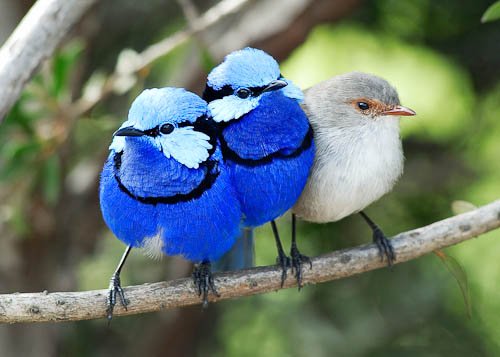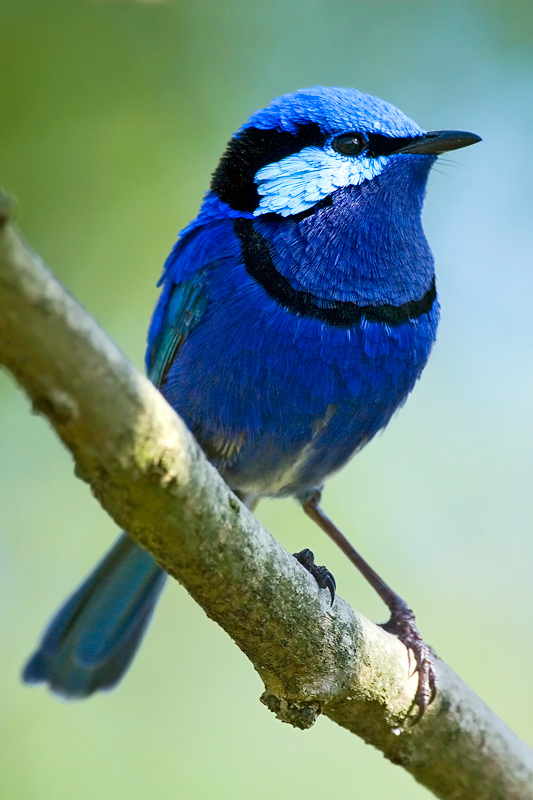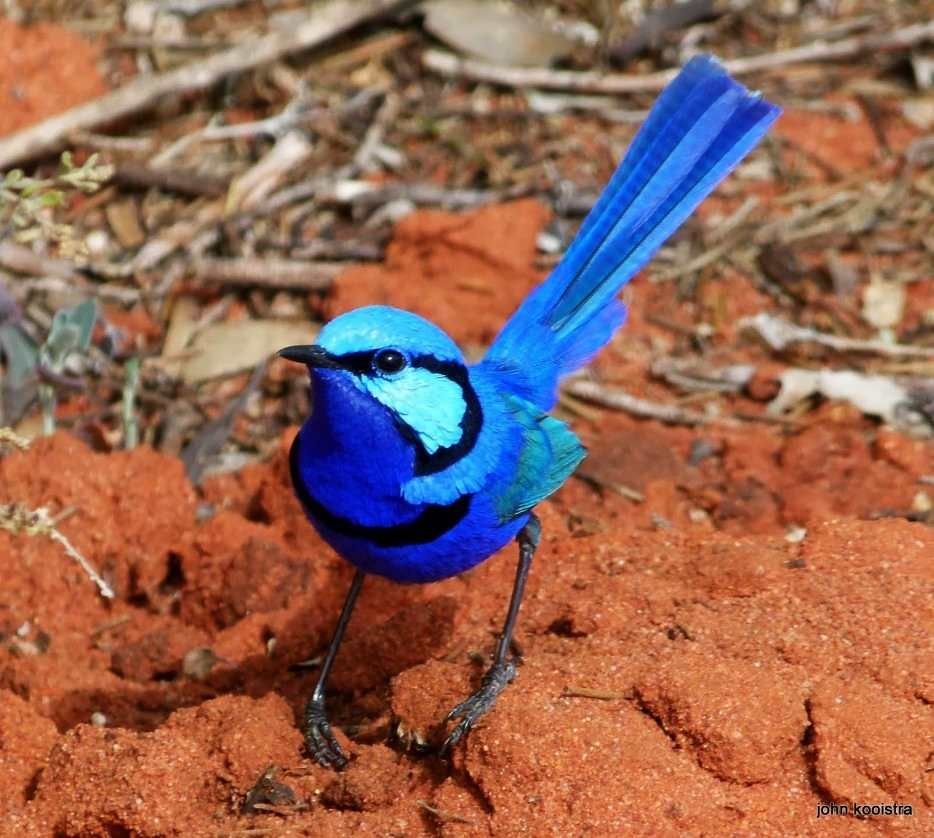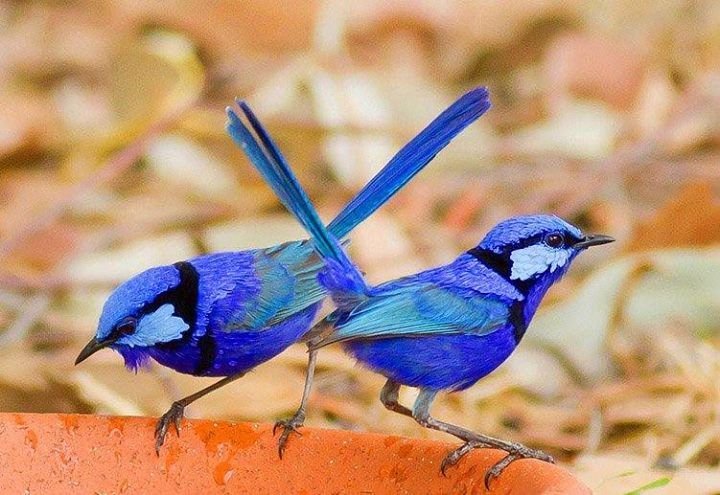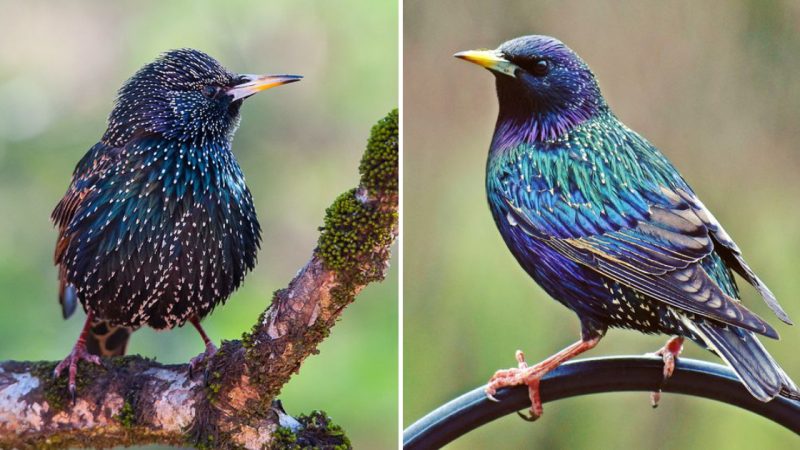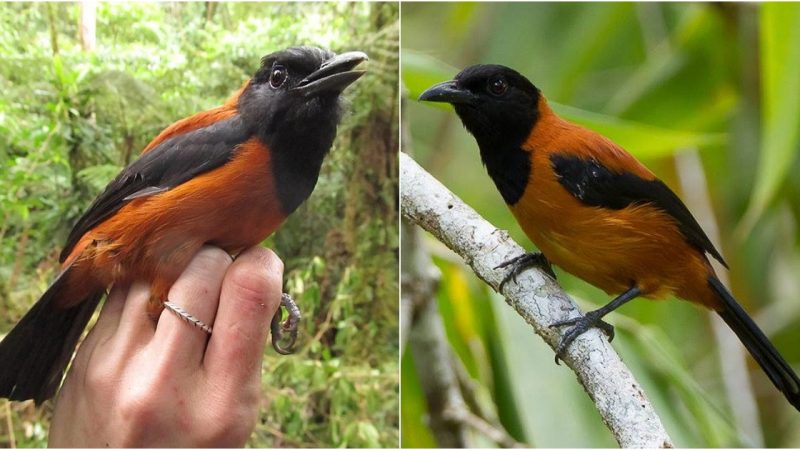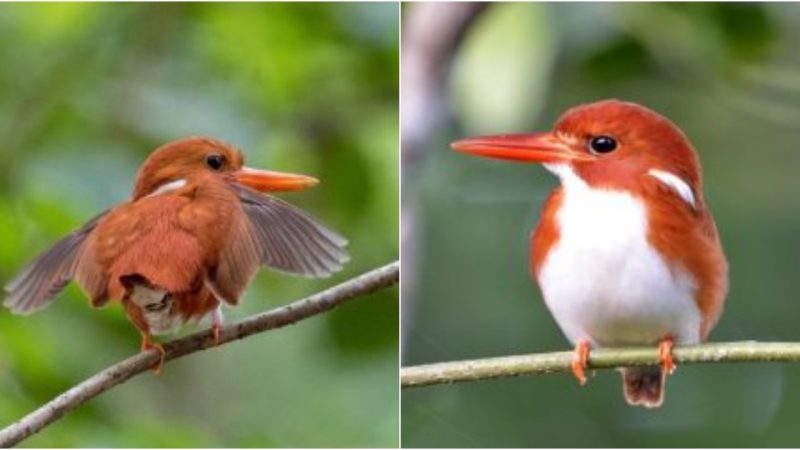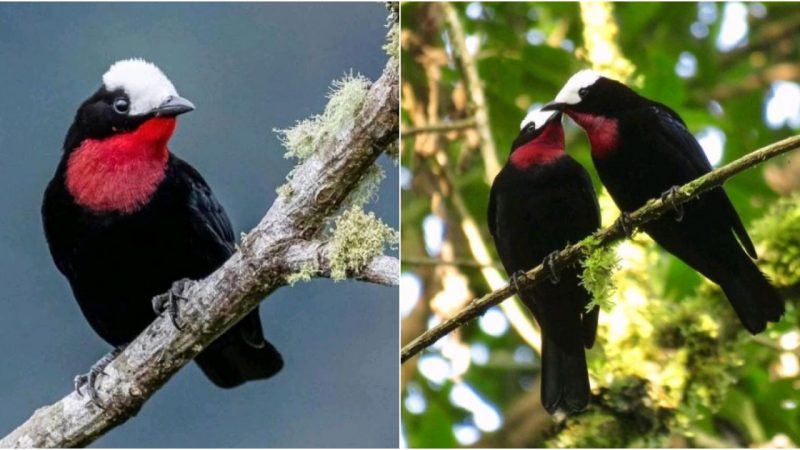The Beautiful Splendid Fairywren: A Marvel of Australian Avian Artistry
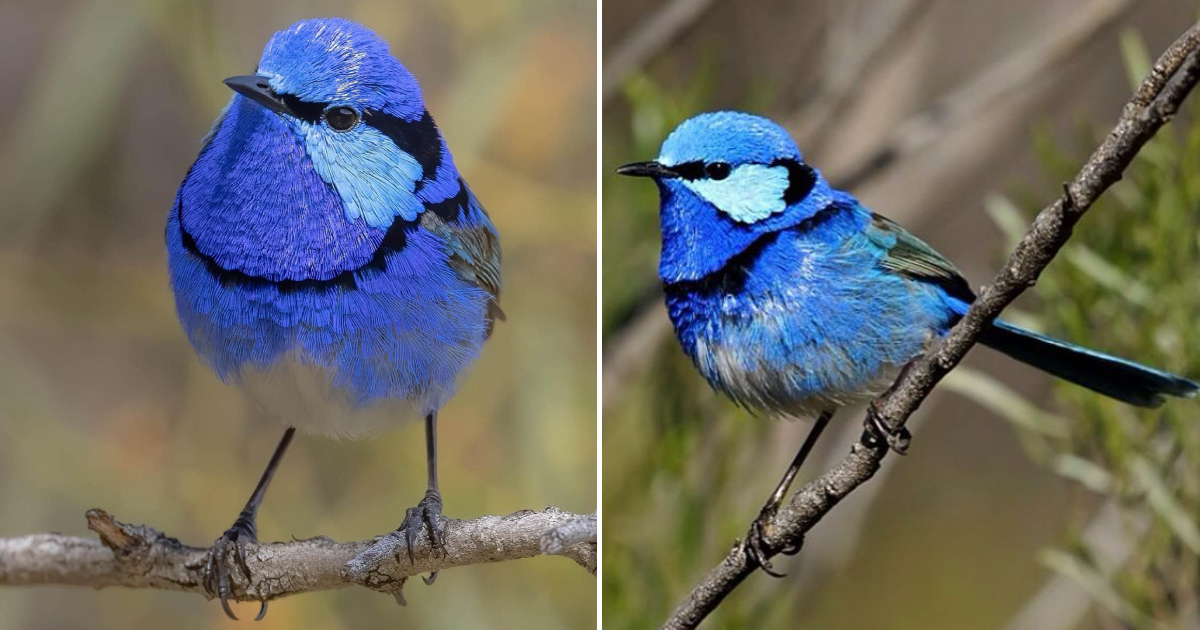
The Splendid Fairywren (Malurus splendens) is a species of passerine bird in the family Maluridae. As the name suggests, it is native to Australia, primarily found in the southwestern part of Queensland. This bird displays a vibrant blue color with white and black speckles, and it is small in size yet highly intelligent.

Splendid Fairywrens are sexually promiscuous birds. Even if they have partners, they do not remain together for long periods, often mating with other males or females.
These birds prefer habitats with dense vegetation and forests where they can feel safe and have better reproductive success away from human populations.
They have a peculiar behavior of impressing females by offering them flower petals and twigs as a courtship display to persuade them for mating.
There are more than 11 species of fairywrens, including the Splendid Fairywren and related species like the Variegated Fairywren and the Lovely Fairywren, as well as subspecies such as Musgrave’s Fairywren, Emmott’s Fairywren, and Melanotus Fairywren.
They can grow to be over 11 cm in length and typically develop their adult plumage around 11 months after hatching. They undergo molting during spring or winter seasons to acquire a more beautiful plumage.
Splendid Fairywrens feed on small insects, seeds, worms, and other crawling insects. They can consume these food sources throughout the day to obtain energy and produce strong and healthy eggs.
They are known for their swift flying abilities and impress females with their colorful and beautiful facial feathers.
Females typically lay 3 to 4 eggs and remain protective of them for 14 days until they hatch. The responsibility of caring for the chicks falls not only on the mother but also on the entire family clan, with younger members taking cues from the older ones.
Many of these birds have made a remarkable recovery from habitat destruction caused by deforestation and wildfires, thanks to protective laws that prevent further destruction. As a result, their population has increased significantly.
I hope you have enjoyed this post. Greetings and blessings to you.
